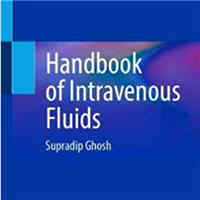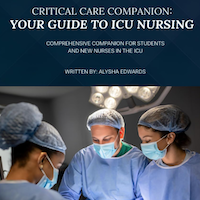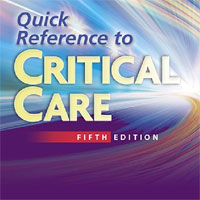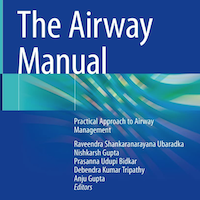
3D-Printed Organs Could Let Surgeons Practice and Plan Dangerous Operations
An international team of researchers has used 3D-printing technology to produce individually-tailored model organs. These dummy organs could one day improve your chances of surviving surgery, by allowing doctors to plan and... read more
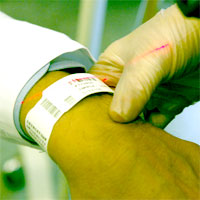
Are hospital readmission penalties a good idea?
A closely watched experiment in health care has unfolded over the last few years: Financial incentives for hospitals to reduce readmissions. It was a feature of the Affordable Care Act, and researchers are now assessing its... read more

The Digital Capital of the World, Where Patients OWN Their Medical Data
E-ambulance is keyed onto X-Road, and allows paramedics to access patients' medical records, meaning that the team that arrives for your chest pains will have access to your latest cardiology report and E.C.G. Since 2011,... read more
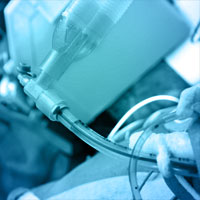
Treating Acid–Base Abnormalities in the ICU
Acidemia has both harmful and beneficial biological effects. Sodium bicarbonate is generally ineffective in raising pH when ventilation is limited, as in patients with ARDS. Even when alkalinizing agents can correct the pH,... read more
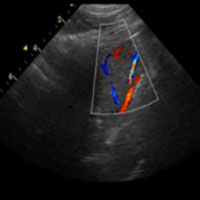
Tree-like Color Doppler in Diagnosing Pneumonia in Critically Ill
Pneumonia remains a difficult sonographic diagnosis in the critically ill. It is characterized by hypoechoic areas, irregular margins, heterogeneous echo texture, dynamic air bronchogram, pleural effusion and vascular flow... read more
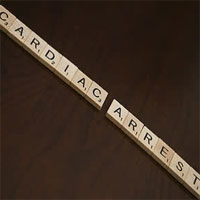
Optimal Approach to Mechanical Ventilation After Cardiac Arrest
Return of spontaneous circulation after cardiac arrest results in a systemic inflammatory state called the post-cardiac arrest syndrome (PCAS), characterised by oxidative stress, coagulopathy, neuronal injury, and organ dysfunction.... read more
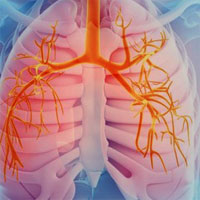
Acute Hypoxemic Respiratory Failure in Immunocompromised Patients
In immunocompromised patients with acute hypoxemic respiratory failure (ARF), initial management aims primarily to avoid invasive mechanical ventilation (IMV). HFNC has an effect on intubation but not on mortality rates.... read more
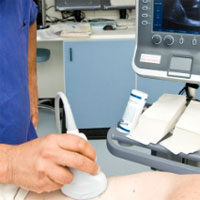
Clinical Examination, Critical Care Ultrasonography and Outcomes in the Critically Ill
In the Simple Intensive Care Studies-I (SICS-I), we aim to unravel the value of clinical and haemodynamic variables obtained by physical examination and critical care ultrasound (CCUS) that currently guide daily practice... read more
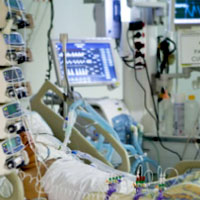
Improving Handovers By Learning From Ferrari Team
We were able to improve our vulnerable processes by translating good practice found in two industries – aviation and motor racing – into healthcare. We were able to do this by taking into account the subtle complexities... read more

Is Simvastatin the Miracle Drug We Think It Is?
Evaluation of early administration of simvastatin in the prevention and treatment of delirium in critically ill patients undergoing mechanical ventilation. This well designed and conducted trial demonstrates that there is... read more
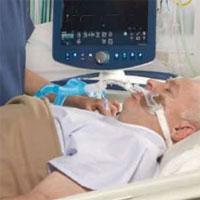
Post Resuscitation Management of Cardiac Arrest Patients in the Critical Care Environment
There is a clear relationship between evidence-based post resuscitation care and survival and functional status at hospital discharge. The Australian Resuscitation Council (ARC) recommends protocol driven care to enhance... read more

A New Combination of Antibiotic and Inhibitor
Intensivists have another antibiotic combination to treat severe infections caused by gram-negative bacteria with the FDA’s approval of Vabomere (meropenem, combined with the beta-lactamase inhibitor called vaborbactam).... read more
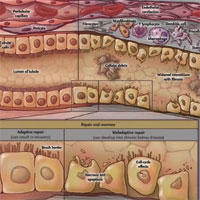
Renal Recovery – RRT Modality
Renal recovery - does the choice of renal replacement therapy matter?... read more
The Epidemiology of Hospital Death Following Pediatric Severe Sepsis
Margaret Parker, MD, MCCM, speaks with Scott L. Weiss, MD, MSCE, about the article, "The Epidemiology of Hospital Death Following Pediatric Severe Sepsis: When, Why, and How Children With Sepsis Die," published in the September... read more

Risk of Venous Thromboembolism in Patients by Albuminuria and Estimated GFR
Albuminuria increases the risk for VTE markedly in patients with normal eGFRs compared with those with lower eGFRs. 15,180 (2.2%) VTE events occurred during the study period. Both albuminuria and eGFR were independently associated... read more
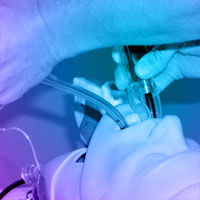
Strategies for the Prevention of Airway Complications
Despite being infrequent, complications of airway management remain an important contributor to morbidity and mortality during anesthesia and care of the critically ill. Developments in the last three decades have made anesthesia... read more
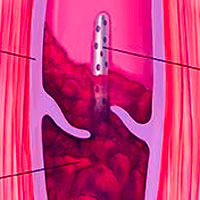
Pharmacomechanical Catheter-Directed Thrombolysis for Deep-Vein Thrombosis
The post-thrombotic syndrome frequently develops in patients with proximal deep-vein thrombosis despite treatment with anticoagulant therapy. Pharmacomechanical catheter-directed thrombolysis (hereafter "pharmacomechanical... read more



